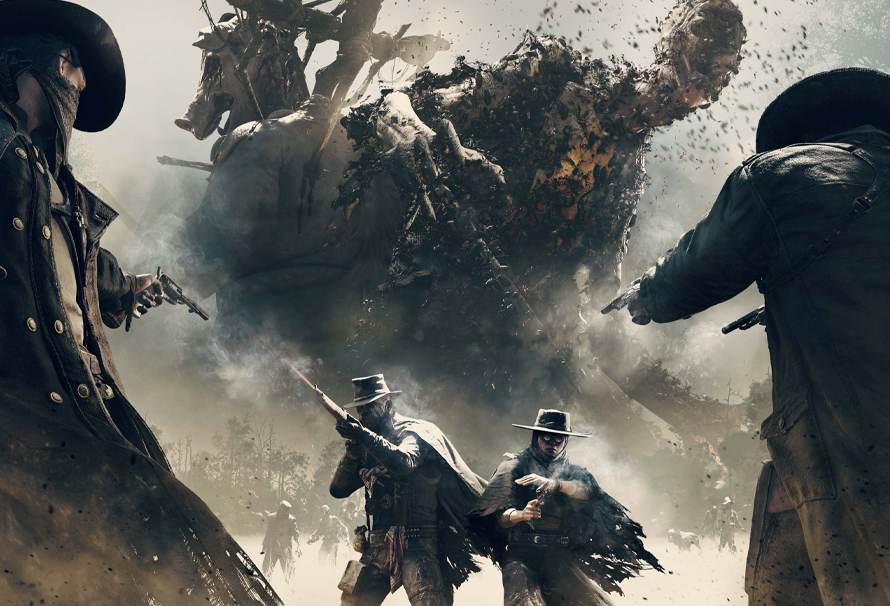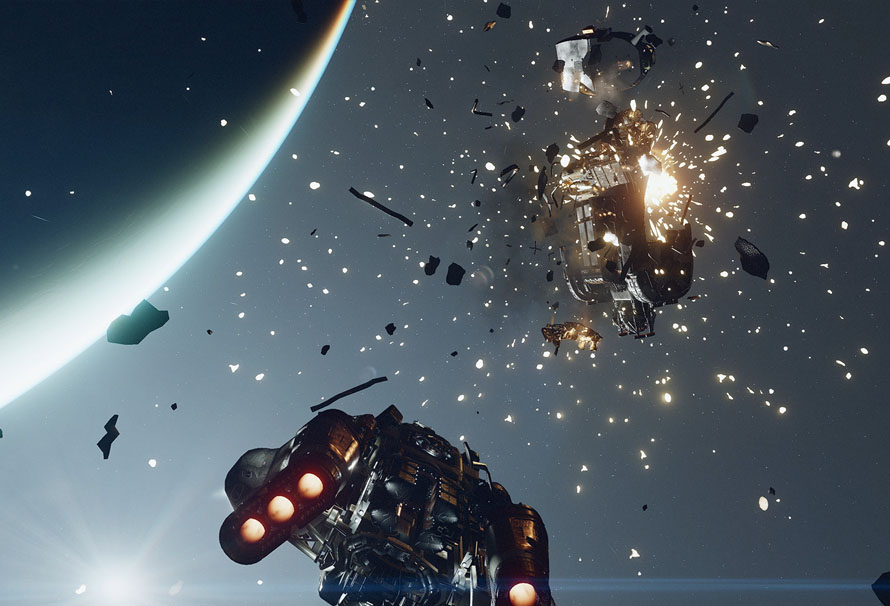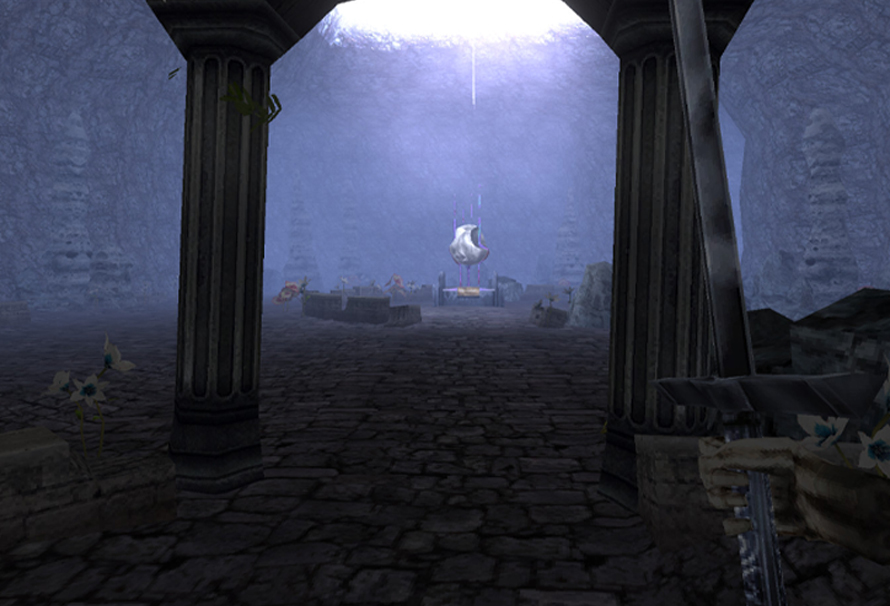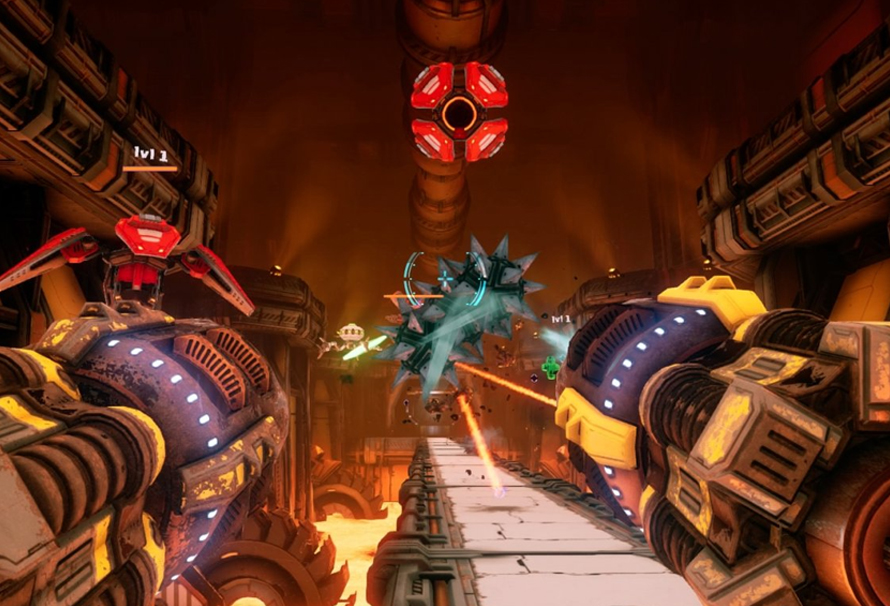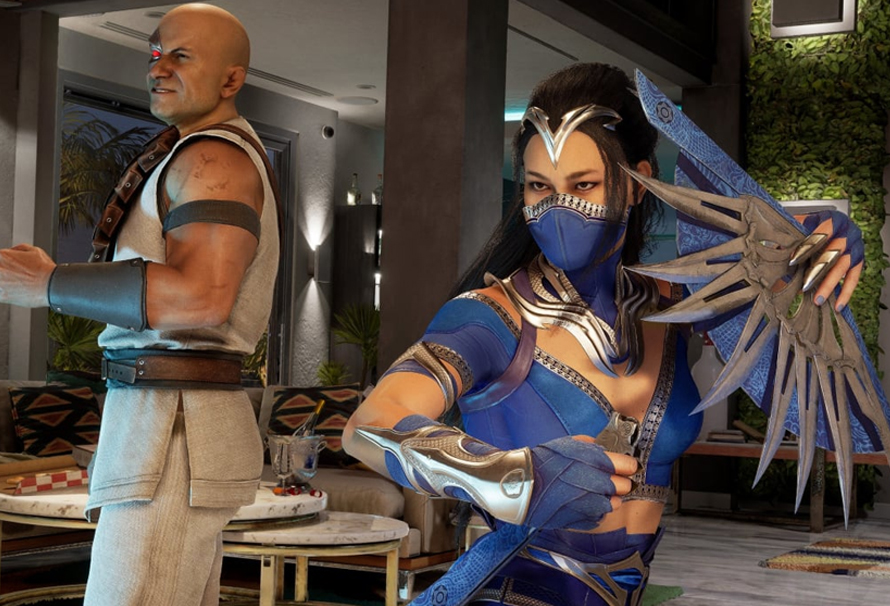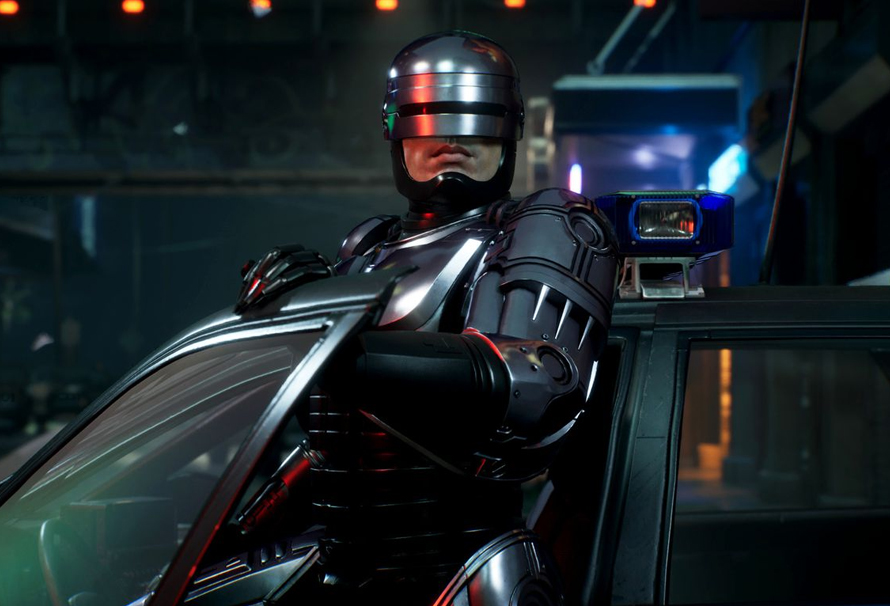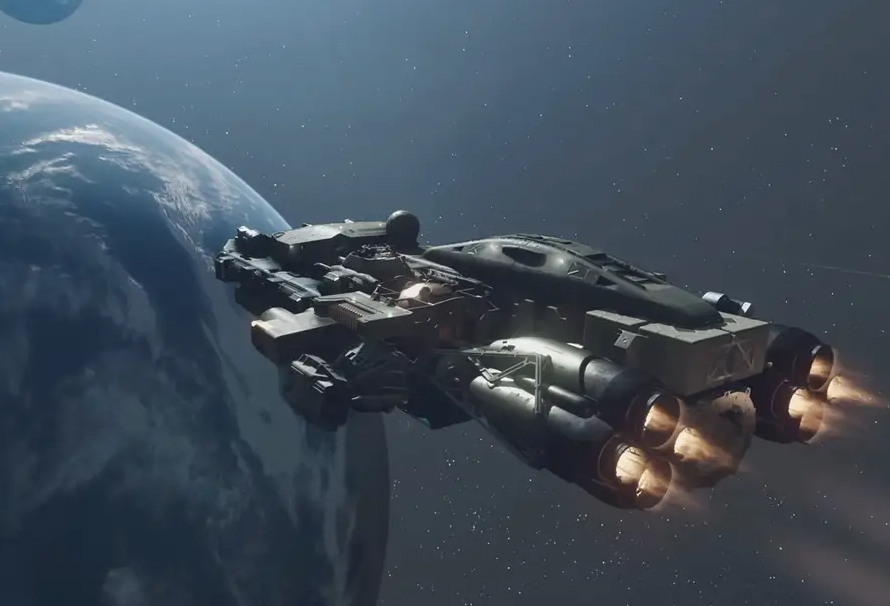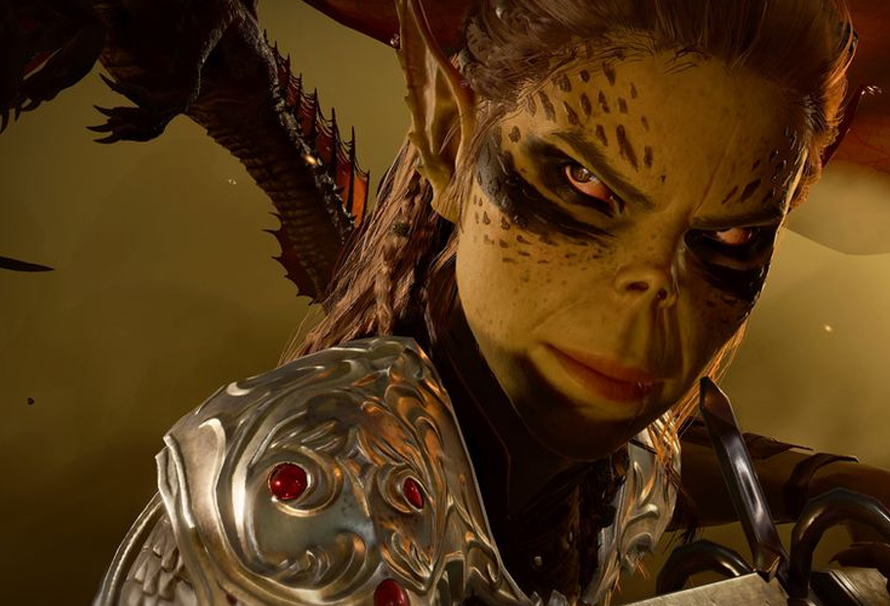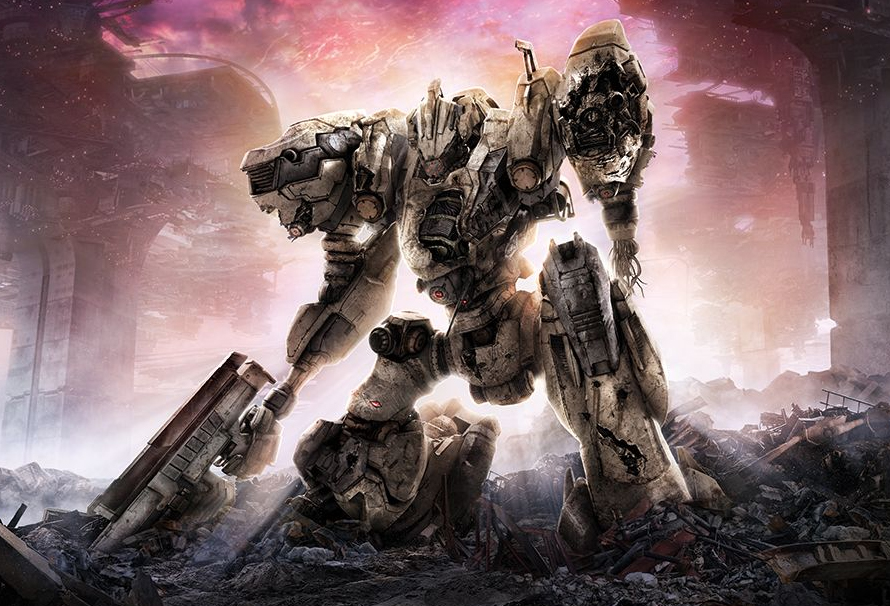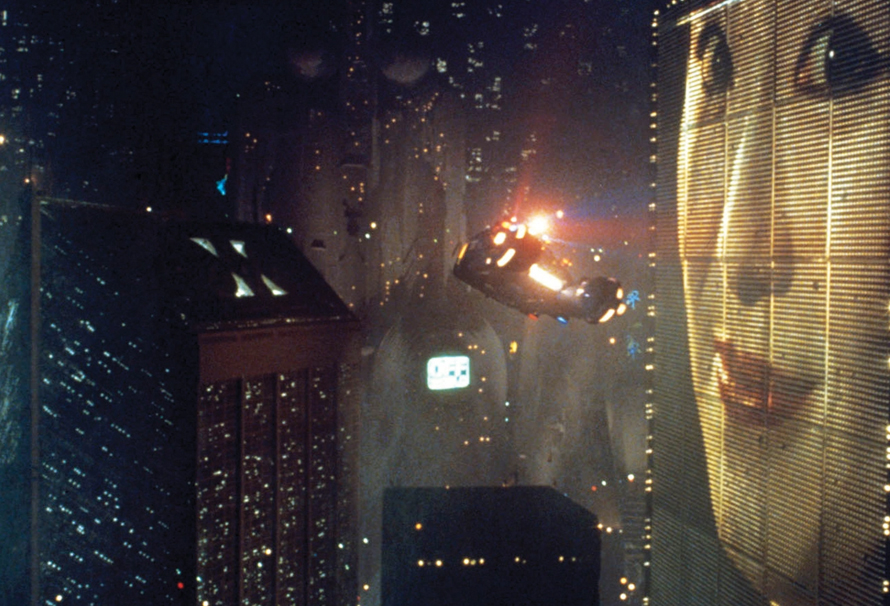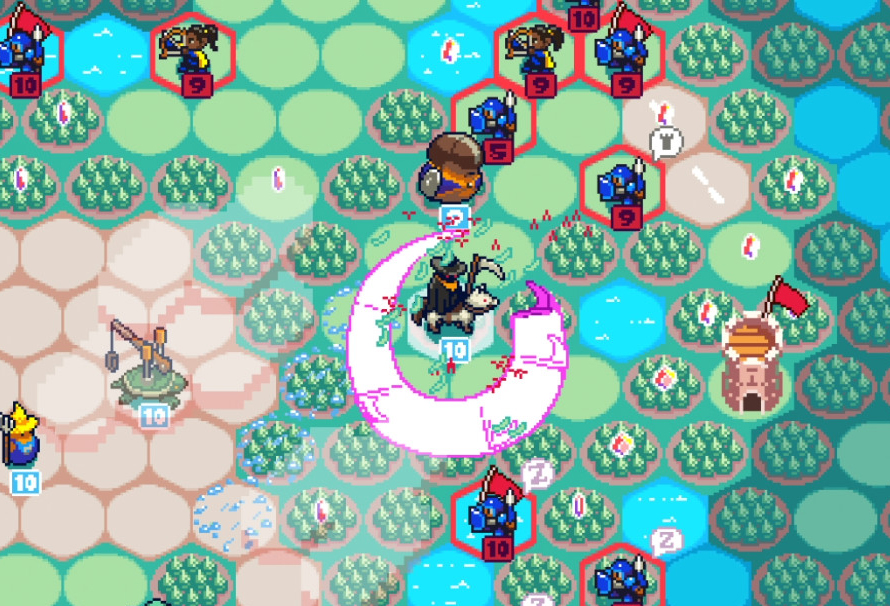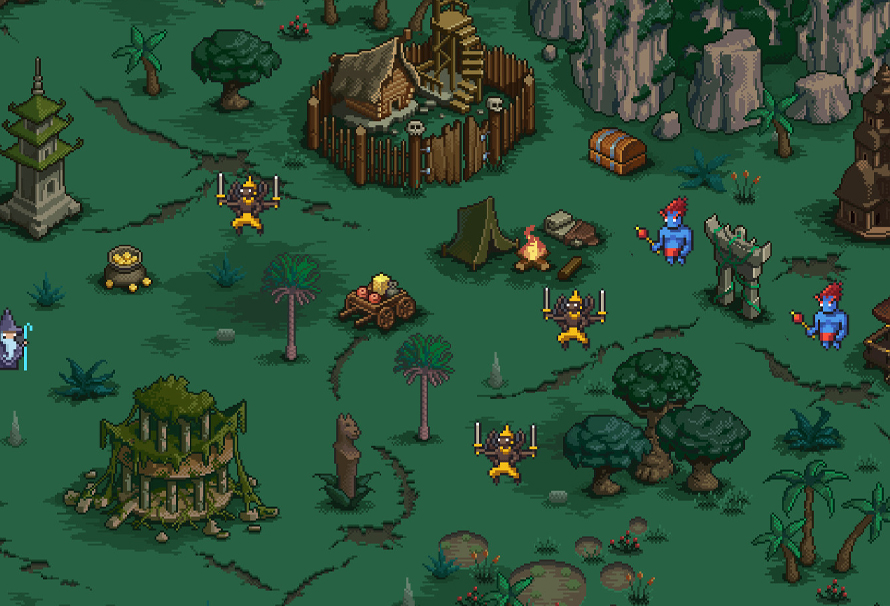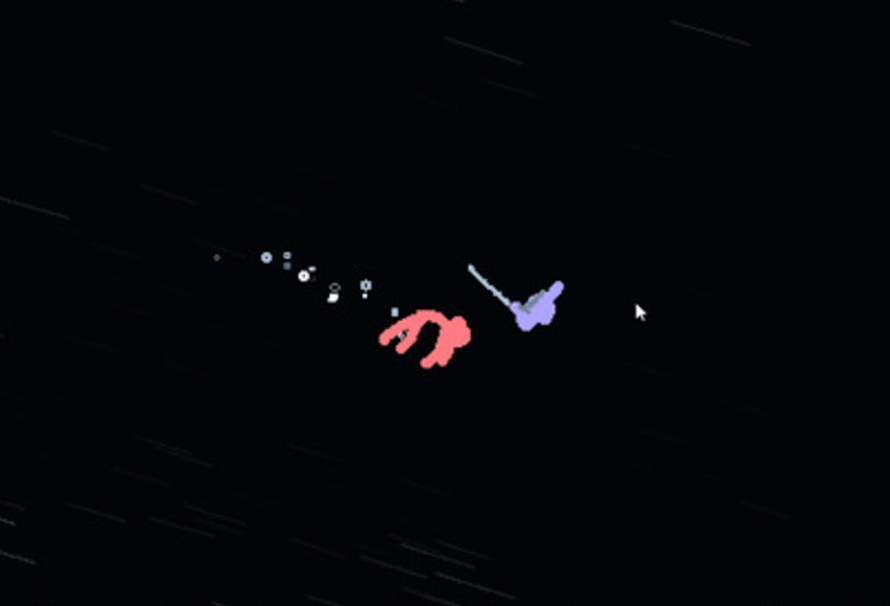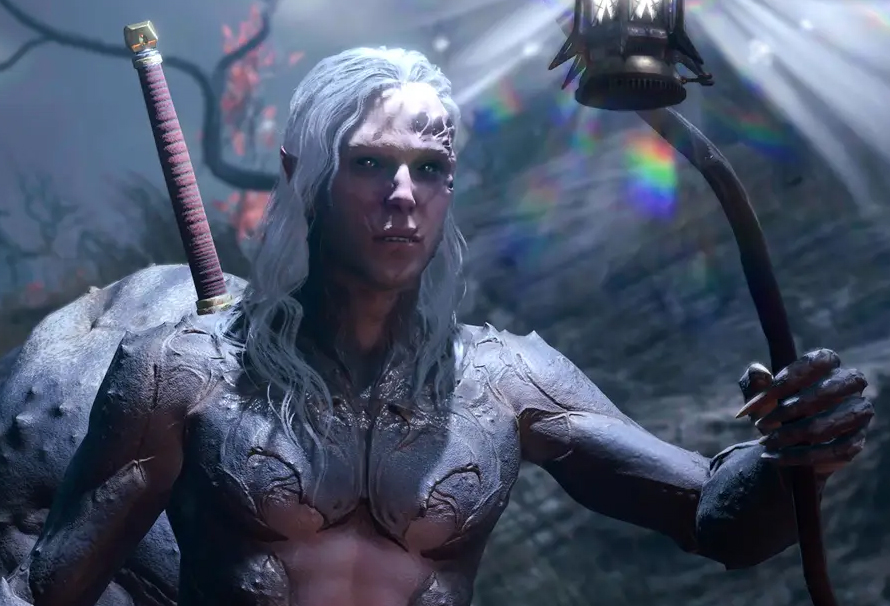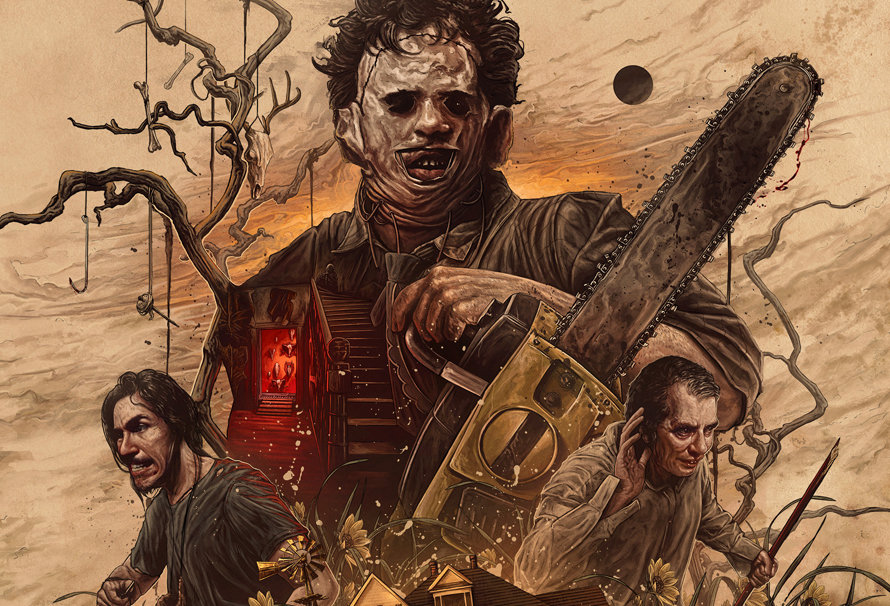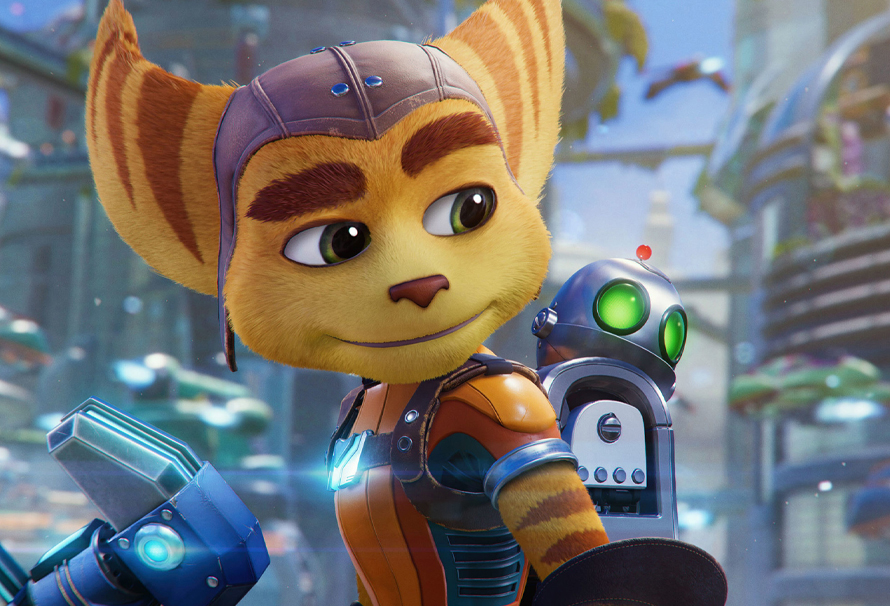Celebrating its fifth anniversary this year, Hunt: Showdown sees in the start of its next half-decade looking more formidable than ever it has. Enjoying an all-time peak of concurrent players as recently as June 2023, Crytek’s PvPvE first-person shooter continues to go from strength to strength, thanks in no small part to its deft marriage of unique mechanics, relentlessly engaging gunplay and emergent player driven battlefield theatre from which all manner of unique and violent stories can unfurl. If you’ve yet to immerse yourself in the grim bliss of Hunt: Showdown, here’s why you should revisit Crytek’s arguably finest hour on its fifth anniversary.
An Entirely Unique Setting From A Familiar Time
While the 1800s is a period of time that is firmly and somewhat romantically ensconced in the minds of gamers everywhere thanks to the likes of Assassin’s Creed: Syndicate, Red Dead Redemption 2, Frogwares’ Sherlock Holmes titles and many other titles, none have precisely tackled the setting that makes Hunt: Showdown so compelling. Set in the year 1895, Hunt: Showdown trades the cobbled streets and echoes of civilisation for an altogether more savage frontier – the Louisiana Bayou. A sprawling landscape pockmarked by murky winding rivers, ruined mills, abandoned forts and long since discarded relics of the American Civil War, the many locales of the Louisiana swamplands prove to be an evocative backdrop for the horror and violence which unfold around it on the regular.
Success Is Measured In Degrees
The goal in Hunt: Showdown is to track down as many clues as possible which point towards the location of one or two of the game’s five bosses. From here, you’re tasked with taking down this boss, either solo or as part of a group, before trying to extract with the bounty tokens so that you might both upgrade your chosen hunter with new skills and abilities for the next time around. Perhaps the greatest aspect of Hunt: Showdown’s design however, is that you don’t need to necessarily complete these objectives, kill all of the bosses and escape with all of the bounty tokens to be successful. Instead, success in Hunt: Showdown is measured in degrees, where even a seemingly uneventful run which does not end in a successful bounty extraction can be counted as a win.
For example, you gain experience points not just for every boss killed and token that is successfully looted, but also for every regular enemy that is felled too. This means that it’s entirely possible for you to rack up a massive number of mob kills, never see another player, or kill a boss and yet still extract with a bunch of experience points and perhaps most importantly, your hunter whole and intact. As a result, each bounty hunt in Hunt: Showdown feels worthwhile because even if you don’t get away with the top prize, you can still make progress by just killing a few enemies and finding a few clues. This also introduces a real risk and reward dynamic to the proceedings too, allowing you to progress as far as your appetite for danger allows. Throw in frequent themed events which introduce new objectives to complete outside of the usual hunts and the latitude for success in Hunt: Showdown is perhaps more appreciably broad than anything else out there.
Stealth And Patience Are The Order Of The Day in Hunt: Showdown
Quite unlike its genre peers, which generally favour fast-paced, highly kinetic confrontational gun battles, Hunt: Showdown instead bountifully rewards players for thinking first and shooting later – not least because the manual reloading mechanisms and slow firing rates of its largely period accurate firearms mean that when you shoot, you had better not miss. Given the abundance of swampland flora that thrives around the swamplands, coupled with the generous availability of abandoned structures, Hunt: Showdown provides players with ample opportunity for stealth and concealment, both of which are opportunities that veteran Hunt: Showdown players are familiar with.
Indeed, death can come swiftly and without warning in Hunt: Showdown, so it pays dividends to find some bushes or a concealed spot to just take thirty seconds or so to properly scope out your surroundings before you press on, not least because there are all manners of noise hazards, such as broken glass, bottle traps and more which can alert nearby enemies. As such, Hunt: Showdown invariably feels a lot more intense than any of its genre peers and it’s this palpable tension that very much defines its design at every level, establishing Crytek’s game as one of the most underrated stealth games of the last decade into the bargain.
Hunt: Showdown Has The Best Implementation Of Three-Dimensional Sound To Date
An absolutely essential ingredient in Hunt: Showdown’s stealth based, tension-driven gameplay beats is the tremendous implementation of three-dimensional sound that has been wrought here. An intricately layered soundscape that is quite unlike any other I have ever heard, the method of its employ in Hunt: Showdown directly ties in with everything that you do during a hunt. Positional audio vectors mean that you can hear the sounds of gunfire far off in the distance in a particular direction, allowing you to either insert yourself in that particular gunfight, or shy away from it to complete your own objectives.
Hunt: Showdown’s stellar three-dimensional sound implementation also does great work in more intimate settings too. Picture a scenario where you’ve extensively booby trapped a building while you’re trying to summon the bounty token to prep it for extraction. With bear traps set up behind points of ingress and enough broken glass lying around the place to start up your own hardcore wrestling match, that structure essentially becomes a sounding chamber for incoming threats, with Hunt: Showdown’s superb three-dimensional audio letting you hear every little movement and thus allow you to respond quickly and appropriately as a result.
Each Hunt Feels Like Your Own Personal Survival Horror Story
Whether you’re stalking an abandoned farm and laying waste to a horde of zombies, or wading through the thick murk of the Bayou to escape a massive armoured terror, each hunt can often feel like a bespoke survival horror story that is tailored to you and very often, the bosses of Hunt: Showdown are a great example of this concept. Certainly, you really haven’t filled your pants properly until you’ve heard a screeching, massive spider furiously skittering around – while on fire – all the while you’re trying to save your own skin.
Beyond the blunt force trauma of such horrors, there’s a huge amount of cleverness built into this whole idea of an emergent player narrative too, thanks in no small part to the ‘E’ part of Hunt: Showdown’s PvPvE shenanigans. I’ve lost count of the number of times I have witnessed two hunters fight each other, only for the local enemies to intercede and send the whole thing into chaos by either distracting one player for the other to gain the upper-hand, or more of than not, killing both players entirely. Because of this, each playthrough feels completely unique, owing largely to the volatility of the many computer controlled denizens of the Bayou. This is why after more than five years, Hunt: Showdown is still hitting all-time peak usage – because no other game can offer this sort of peerless theatre from which such memorable player driven stories and meme-worthy moments can emerge.
